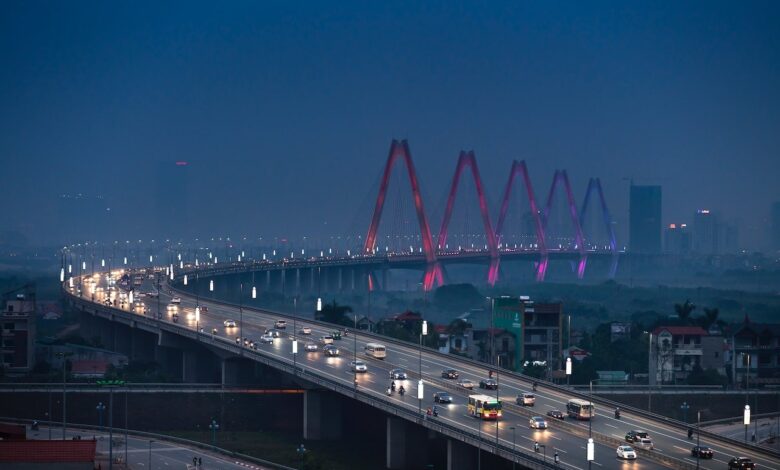Why It’s Important to Routinely Inspect Bridges and Highways

The transportation system is not complete without bridges and roads, which provide essential linkages between cities, states, and nations. They promote effective transportation of both people and products, which advances society and the economy. These constructions are vulnerable to damage from weather, unanticipated occurrences, and wear and tear, which can jeopardize their structural integrity and safety. To spot possible problems, protect public safety, and maintain dependable transportation systems, it is crucial to frequently examine bridges and roadways.
Ensuring Structural Integrity
Inspecting bridges and roads regularly is essential for determining their structural soundness. These buildings may experience tremendous stress over time as a result of elements including high traffic, severe weather, and natural catastrophes. Inspection processes aid in spotting indicators of wear and tear that might impair the structural parts, such as fractures, corrosion, and deformation. Early detection of these problems allows engineers to treat them appropriately, avoiding catastrophic breakdowns that can cause accidents and fatalities.
Identifying Maintenance and Repair Needs
Transportation officials can quickly detect maintenance and repair requirements thanks to inspections. Regular maintenance is necessary to ensure the continuous operation and safety of bridges and roadways. Authorities can spot locations that need quick maintenance, including broken guardrails, potholes, or faded road markings, through routine inspections. Prompt repairs not only improve safety but also make driving more enjoyable, which lowers traffic jams and accident rates.
Enhancing Public Safety
Bridge and highway inspections must be conducted often to improve public safety. These buildings experience ongoing wear and tear in addition to external elements like harsh weather and excessive traffic. Potential dangers like fractures, erosion, or flimsy support systems can be quickly detected and fixed by frequent inspections. Authorities safeguard the safety of all users, including drivers, bikers, and pedestrians, by reducing these dangers.
The thorough inspection of these vital transportation routes aids in maintaining their structural integrity and preventing accidents, giving the public peace of mind and encouraging a secure environment for travel.
Preventing Costly Infrastructure Failures
Regular inspections might be neglected with serious cost repercussions. Transport networks may be severely disrupted by infrastructure failures, causing traffic congestion, diversions, and delays. In severe circumstances, a bridge or highway failure might stop all traffic altogether and result in significant financial losses. By conducting routine inspections, the authorities can identify potential issues at an earlier stage and take preventative measures to avoid costly failures in the infrastructure.
Assessing Environmental Impact
The possibility to evaluate the environmental effect of bridges and roadways is another benefit of routine inspections. Infrastructure can deteriorate over time as a result of environmental conditions such as local water bodies, corrosive compounds, and pollution emissions. Inspections assist in locating any possible ecological problems that these constructions may present. Authorities may lessen damage to neighboring ecosystems and encourage sustainable transportation practices by evaluating and mitigating environmental concerns.
Advancements in Inspection Technology
Modern technology has completely changed the inspection process, improving its accuracy and efficiency. For instance, drones with high-resolution cameras and sensors may gather data from otherwise unreachable places and record precise pictures. A drone bridge inspection allows engineers to assess structures from various angles, detect defects, and monitor potential issues without endangering human lives. Because of the quicker and more cost-effective inspections made possible by this technology, authorities are better able to handle urgent maintenance needs.
Compliance with Regulatory Standards
To follow the rules and regulations established by the transportation authorities, routine inspections are required. Specific safety and quality requirements are met by bridges and roadways thanks to these standards. Transportation authorities may prove their dedication to protecting public safety and adhering to legal standards by doing routine inspections. Additionally, inspections offer useful information that may be utilized to enhance design and construction methods, resulting in the creation of infrastructure that is both safer and more robust.
Conclusion
For transportation networks to remain trustworthy and secure, routine bridge and highway inspection is crucial. Routine inspections are essential to the efficient management of our infrastructure because they ensure structural integrity, reveal maintenance needs, improve public safety, avoid expensive failures, and evaluate environmental implications. The procedure has improved in accuracy and efficiency as a result of developments in inspection technology, such as drone bridge inspection.



